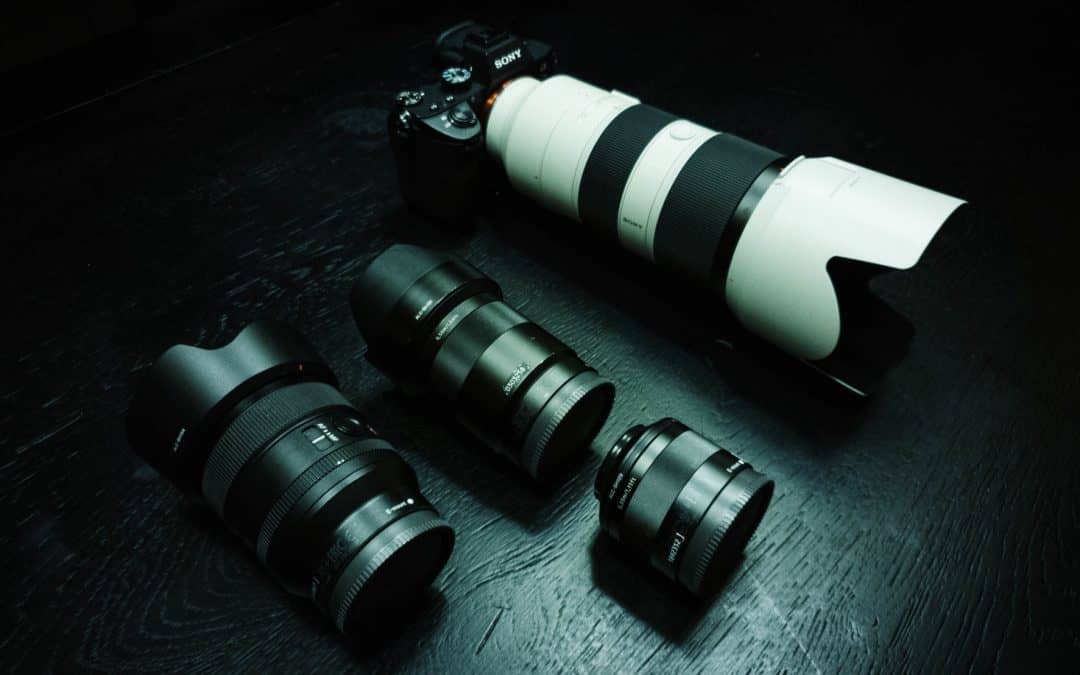2021 Update, just watch the below video:
Below is a brief list of the gear that I use, if you want longer explanations then continue reading the article below.
Disclaimer: I’ve used Amazon affiliate links to link to some of the gear below. Meaning, if you wish to support my journey to purchase even more sweet sweet gear, I will earn a few percent commission on each sale generated through those links.
-
Main camera: Sony a7iii
-
Stabilized videos: Osmo Pocket
-
Recommended Night Photography Gear (For all budgets)
Main camera: Sony A7iii
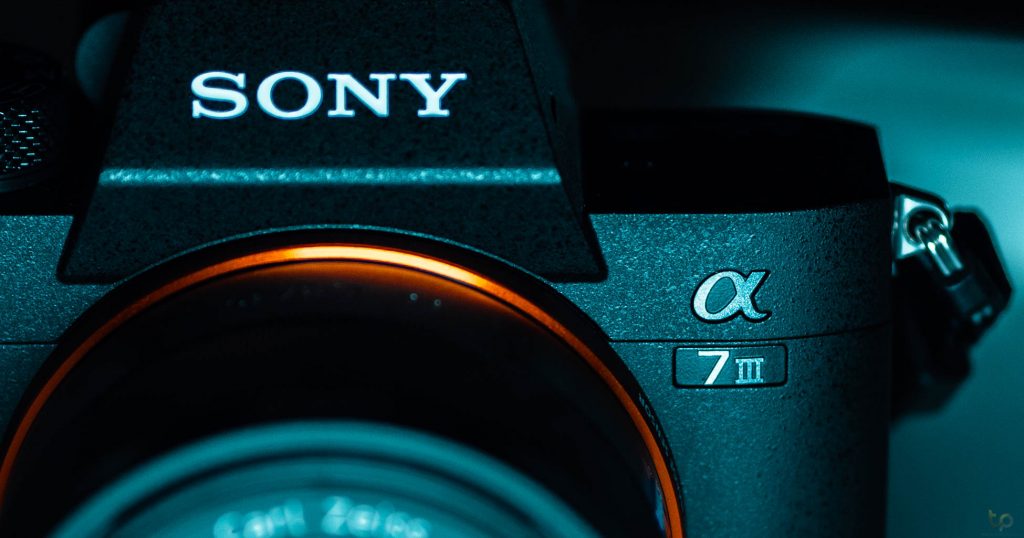
The Sony a7iii is one of the best cameras for nighttime photography, which if you know me is mostly what I do. It’s also great for video. It has IBIS, super high dynamic range, good performance at high ISOs, and just about every functionality you’d need. Battery life is much improved from previous gen Sonys. Only negative is the lack of waterproofing on the screen, which I’ve broken twice. This is a powerhouse camera that does everything well, it’s hard to go wrong with it.
My lenses for Sony a7iii
I’ve replaced a few of my lenses that I determined weren’t getting used as much as they should in order to justify keeping them. I sold the 85mm f1.4, 50mm f0.95 speedmaster, and even the 12-24mm ultra-wide angle. None of them are bad lenses, and can still definitely recommend them to anyone who feels like they’d have an use for them. However, below I will explain some of the reasons I got rid of them in favor of some other lenses.
Currently, my kit consists of 4 lenses:
Sony Zeiss 55mm f1.8
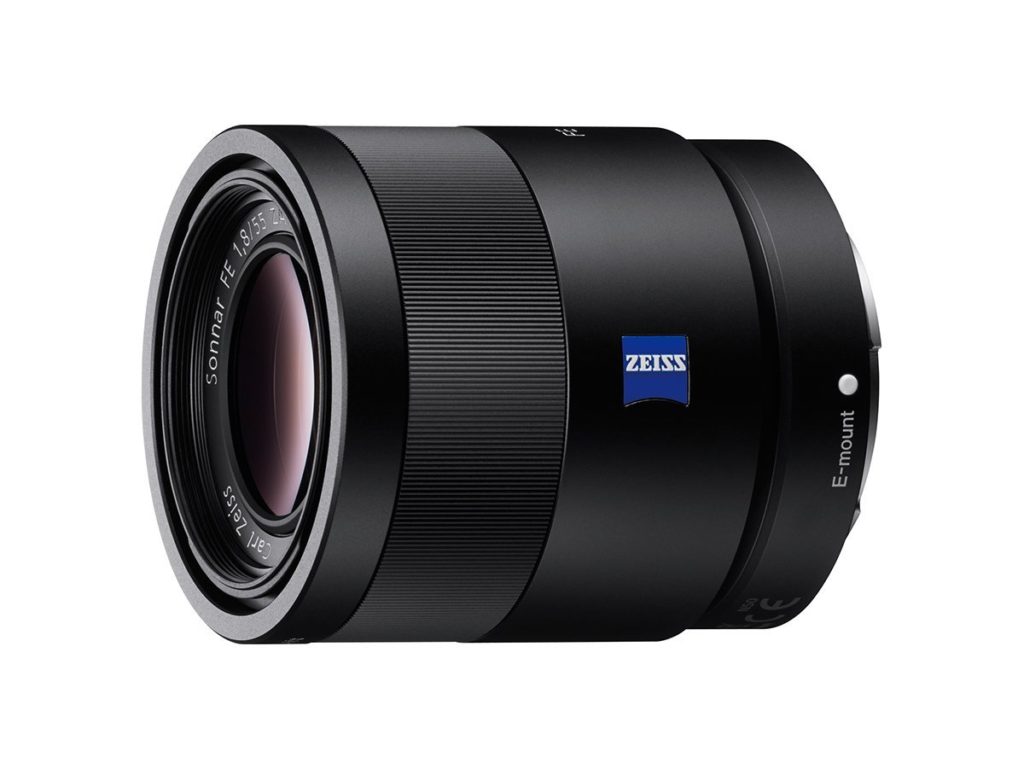
What I had last year: Speedmaster 50mm, Zeiss 55
What I use now: Zeiss 55
The first lens I ever bought, the Sony 55mm f1.8 is still the best general and street photography lens for the system. Extremely sharp, light and fast at focusing with the perfect focal length. While the Zhongyi Speedmaster 50/0.95 was a fun lens to play with, eventually I realised I was losing some shots with that lens because it was simply too soft wide open. So then I adjusted by starting to shoot it anywhere from f1.4 to f2.8. But then, the lens kind of loses it’s point, and it’s still heavier and manual-focus only, so there was little benefit using it over the 55, other than for occasional fun.
I must say that the Speedmaster taught me a few things about photography, mainly it made me better at anticipation, being manual-focus only, and also the benefits of stopping down. It finally dawned on me why some people sometimes shot at f2.8-f4 even in the dark. But after those lessons were learned and the novelty of f0.95 wore off, I saw no reason to keep it, with limited luggage space and budget being tied down by keeping it. Because the 55 is amazing!
Sony 35mm f2.8

This lens has grown on me. I originally only got it for its small size for casual shoots, but I was never comfortable shooting at 35mm on streets, due to inexperience and shyness I suppose. Furthermore, 35 was kind of a weird wide-but-not-wide-enough focal length for landscapes. But things have changed! I now love it for street stills, but it’s also the perfect companion for video shoots especially when using a gimbal. It’s so small that it’s easy to balance on the gimbal, even if you do the balancing incorrectly in a hurry, this lens is so light that you can get away with a bit more than usually. Additionally, it doesn’t have that many lens elements being so small, so autofocus works well, especially in video mode. It’s fast and doesn’t hunt, which is sometimes more of an issue with bulkier, glassier lenses. And again, it makes the camera much lighter, which really helps during long video shoots.
I almost gave up on this lens, and now all of a sudden it’s irreplaceable! I wouldn’t even trade it for the pricier 35mm f1.4, simply due to the size and faster focus. Although sometimes I wish I had that extra stop of light, overall it’s not worth it for me, as I also suspect that the upcoming a7s3 will enable even higher ISOs without noise, which would allow me to have my cake and eat it too.
Sony 70-200 f2.8
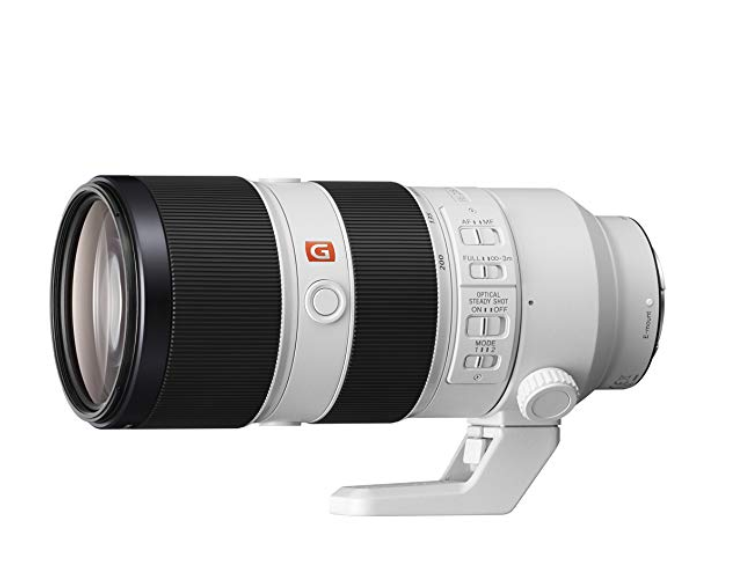
What I had last year: Sony 85mm f1.4
What I have now: Sony 70-200mm f2.8
In theory, I loved my 85mm f1.4. But after analyzing the pictures that I actually got with it, I realised 2 things – first, I did not actually need the ridicilous aperture of 1.4 for street shoots, most pictures did not get much benefit from such subject separation. There might have been an occasional gem, but overall I thought it wasn’t worth it. Secondly, 85mm is a limiting focal length for street, so at the telephoto end I figured I’d get a higher success rate by going for a zoom. Additionally, due to the huge amount of glass in it, the 85 was having trouble focusing in the dark, so it further brought down my success rate. So I decided to get rid of it.
I was holding the 70-200 f4 in my hands and almost went for it, but decided that f4 really is too slow for low-light work, so I opted for its faster, more expensive cousin instead – the 70-200 f2.8. I am quite happy with my decision, since this lens is a beast, even though it did hurt my wallet. It has fast focus (althogh still not perfect in the dark, it’s better than the 85, even though it’s a zoom with even more glass, so that makes it quite impressive). It also has great stabilization, so I have no problem shooting this handheld with slow-ish night time shutter speeds, such as 1/100th s or even a bit slower if absolutely necessary. The image quality and sharpness is absolutely excellent. It is so much better than some of the toy-zooms I used to have from panasonic, such as the MFT 100-300mm panasonic – althogh to be fair, the price range isn’t comparable either.
Once someone asked me, “but don’t you feel like a creep shooting with that on the street?”. While this lens is far from discreet, it’s still not much different than shooting with a bulky 85mm. Furthermore, I don’t really care if I come across as a creep, I only care about getting the shots. I used to care more, but one gets used to after a year or two shooting the streets. It also helps that I am in fact not a creep, at least that’s what I tell myself, I don’t shoot kid’s playgrounds with it. And the funny thing is, maybe there’s a reason creeps would use this lens, because when shooting from 100 feet away, people won’t even necessarily spot you in the first place. If a tree falls in the forest… I mean, if you’re a creep but no one sees you creepin’, were you a creep in the first place? But seriously, don’t act sketchy and you’ll be just fine.
I’m considering getting a 85/1.8 for some variety, but currently don’t have room for it. I still think 85 has a place in street photography, but 70-200 seems like the better compromise, if you can only have one of them.
Sony 24mm f1.4

What I had last year: Sony 12-24mm f4
What I have now: Sony 24mm f1.4
As I mostly stopped doing landscapes, there was no need for the bulky but slow 12-24mm, so I sold it and got this one instead. Originally, I bought it as the prime lens to pair with my gimbal shoots, but have somewhat unexpectedly found the 35mm to perform better, so the 24 doesn’t get as much use as I’d imagined. It is very sharp, impressively light and focuses well. But I am still not sure if I like it yet. It seems to render still images in an ususual way, there’s something with the color rendering that makes it difficult for me to get everything I want out of the raw files. For video it’s serviceable, but 24 is sometimes just a bit too wide, so when the angle changes or the gimbal happens to jitter just a bit, the distortion is somewhat noticeable. Which does get fixed with warp stabilizer for the most part though, so in the end I’m not sure if it’s a legit issue.
I’ve only owned the lens for 2 months, so I haven’t totally made up my mind about it yet. As it stands, it’s my widest lens, so getting rid of it without replacing it with anything would leave an obvious hole in my arsenal that I know I’d regret as soon as I needed a wide angle lens, so I’m not quite ready to get rid of it outright yet. It’s definitely possible this is the lens that I will not own next year, but time will tell. Interestingly I thought I’d miss having a wider angle than 24mm, but when shooting video or people or streets, there rarely is a need for much wider than that – and if there is, there’s always the option to do a panorama. So really then, the only time you really need an ultrawide is when a panorama isn’t possible, which is pretty much only when doing a timelapse video of a land- or cityscape. An ultrawide therefore just isn’t as necessary as I used to think.
Experiment with gear!
Alot of the changes I’ve made to my gear in the recent times have one thing in common: I started focusing on the most effective lenses over those which may be theoretically cool or nice. I still learned lots of different things from every different lens that I’ve used. Therefore I’d encourage people to experiment with different gear to find their ideal fits without stressing about it too much and perhaps procrastinating with purchases. Because one thing that is great about photography gear, especially lenses, is that they retain their value quite well, so at the end of the day you’re not losing the entire price tag of the lens. You’ll often lose less than the equivalent rental fee, and in rare cases if buying used, may even make a profit.
2nd camera body
Recently, I got myself a camera that I always wanted, the Leica m10. However, I only had time to do 2 shoots with it before the corona-apocalypse arrived, so it’t too early to judge it. On those two shoots that I did, I spent half the time trying to learn rangefinder focusing. You can read my first impressions here.
Film Camera – Canon ae-1
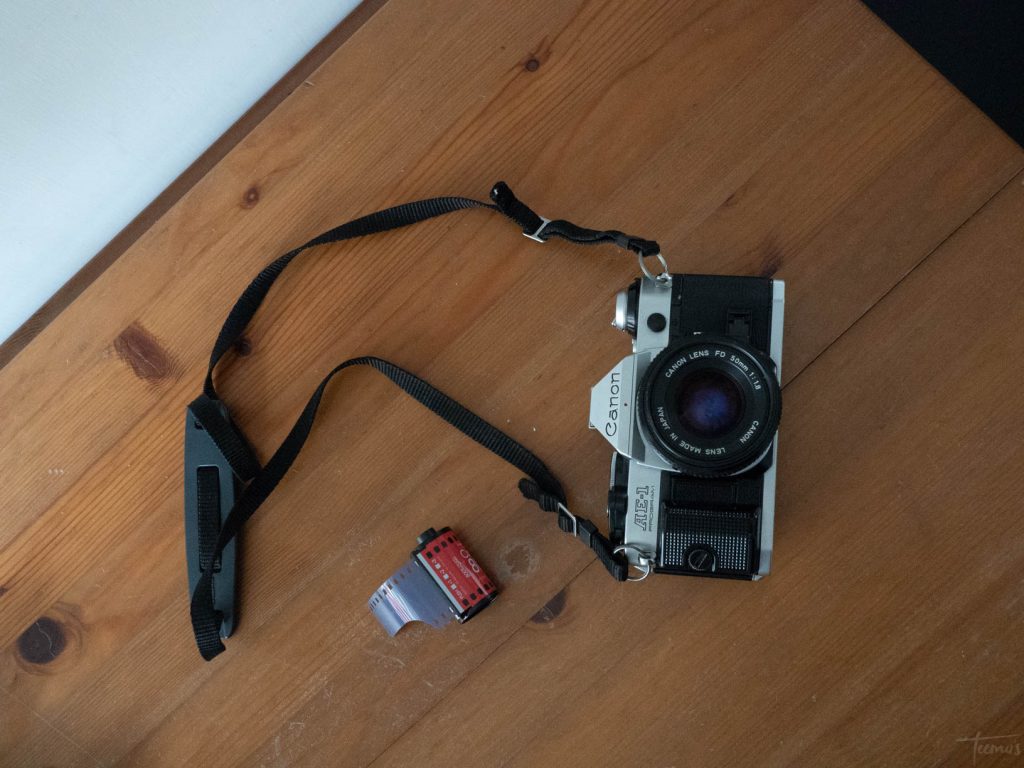
Recently I’ve started experimenting with film. It was something that had been on my mind for a while, and since Hong Kong has a great analog photography scene and I’ve been spending a lot of time there recently, I picked up a Canon ae-1 with the standard 50mm f1.8 lens and shot a few rolls. Film has been fun and also taught me some things about photography, in fact I might write about that topic next. In the meanwhile, I can definitely recommend this as a starter film camera. I bought mine at Showa Camera in Hong Kong for around ~$150 US dollar equivalent, so it doesn’t break the bank to start experimenting. Especially since, again, these cameras retain their value very well. I’m still new to film, but if you’re curious and want to see some of my film shots, here’s a few galleries on Instagram: First roll – Ektachrome100.
Drone – Mavic Pro 2
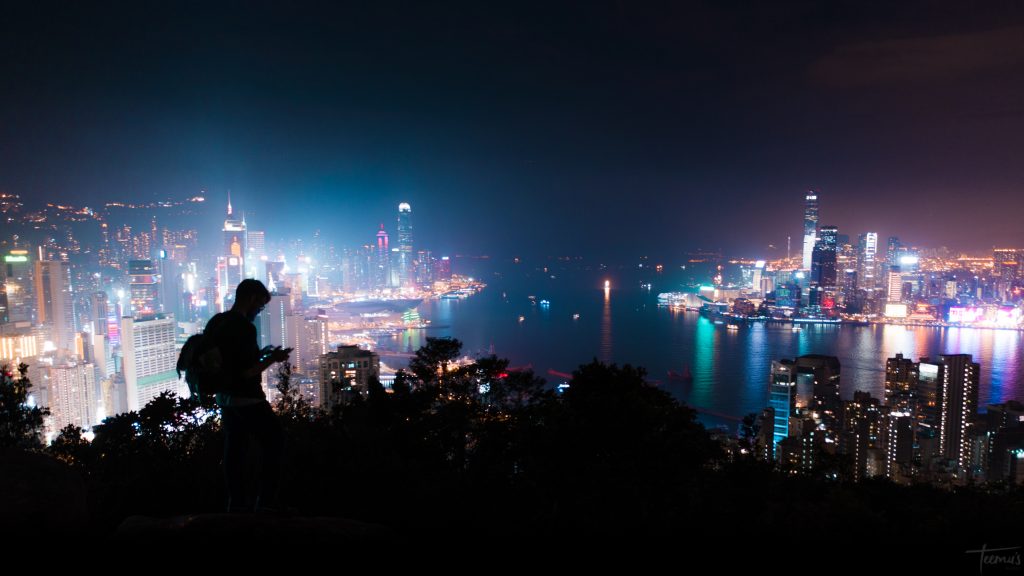
Drone selfie at Braemar Hill, Hong Kong
I owned the original Mavic but in the end rarely used it. The video quality was just not up to standards, practically useless in low light, and the whole flight process seemed erratic. I’m not sure if my Mavic was even working properly, sometimes it would seriously drift to one side, even in no wind, which made me very paranoid about flying it. But I gave the Mavic 2 a chance, as the low light capabilities were supposedly much improved over the original. So far, I’ve been quite happy with the purchase. Not only is the video quality impressive for it’s size, it’s also much easier and smoother to fly. I’m not sure if it’s due to the added sensors or if my original Mavic was legitimately a faulty copy, but either way, the Mavic 2 is truly worth the upgrade. All the low light drone shots in my latest video were shot with it, see it here for samples.
PS. If you’re considering between the Pro 2 and the Zoom, my advice is just get the normal one. It’s a drone – you wanna go closer, just fly closer. Zoom with your rotor. Half kidding – but unless you see a specific use for zoom, my feeling is that it’s a gimmick and you’ll be better of with the larger sensor and better low light capabilities of the Mavic 2 Pro.
Zhiyun Crane 2 Gimbal
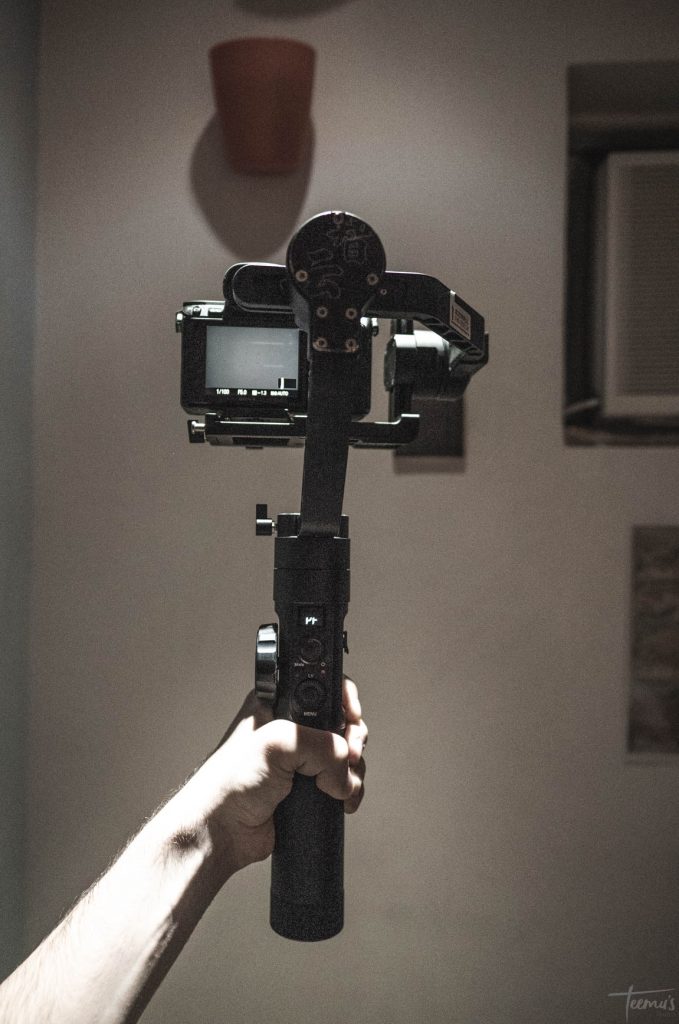
I bought this before the DJI Ronin-s was available, which seems perhaps like the best gimbal available at the moment. However, the Crane 2 is somewhat lighter, so it’s still worth considering. But it isn’t without faults. For example, the tripod mount on the bottom of the gimbal failed within week 1, and I’ve had serious difficulty programming this thing to be smooth and not jittery. The app is confusing and not the best, even with the help of Youtube tutorials. And after about a year of use, the motors seem to be getting weaker. And of couse, the follow-focus doesn’t support Sony cameras. But even so, the gimbal does all the basic jobs adequately well, and can hold light-to-medium weight lenses without much issue.
DJI Osmo Pocket
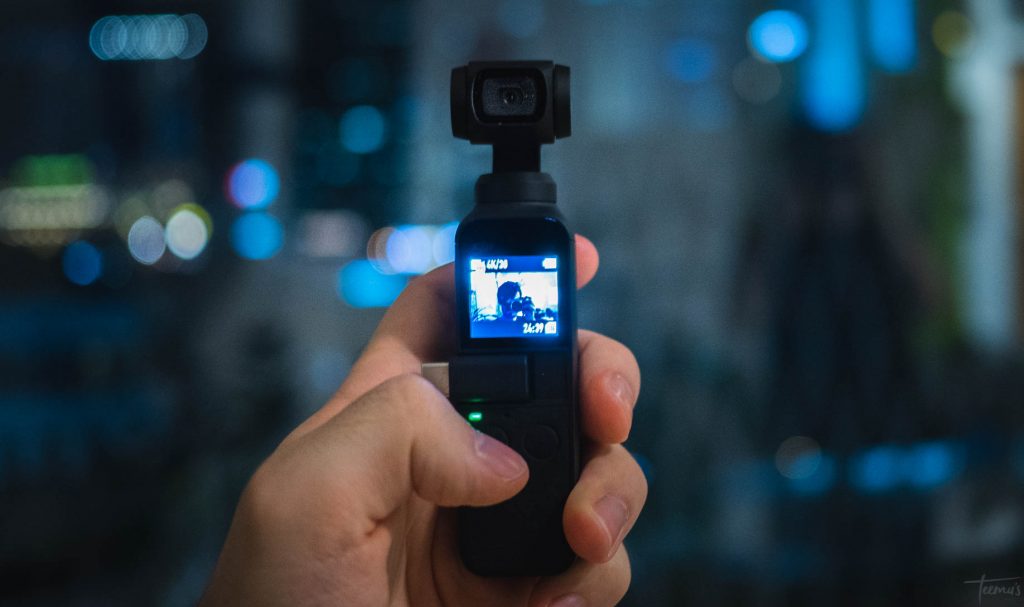
Am I starting to seem like a gear-o-holic yet? Jeez, I didn’t even realise how much stuff I own before writing this all down. But in fairness, cameras are basically my only hobby, I barely own much else!
Anyway, yes I bought the Osmo Pocket recently. It’s a great little camera that I always keep in the camera bag nowadays, because it’s practically invisible, that’s how small it is. The video quality for it’s size is legitimately impressive, and it doesn’t have dumb fish-eye distortion like a GoPro – it is a pocket film camera, not for action but B-roll video. They’ve just added a firmware update that enables Cinelike-D and an easier way to adjust the settings, which I’ve yet to test but it seems very promising. A few of my upcoming Youtube videos will include some clips filmed with the Pocket, and I doubt people will be able to tell which ones they were unless they look very hard. Even in low-light, the noise isn’t too bad. But it doesn’t have high dynamic range and therefore can’t really be shot on auto-settings, and it really takes a week or two to get used to using it to it’s full potential. The thing is so damn small that it’s difficult to control, which will cause you to mess up shots very easily. It’s also easy to mess up settings, because you can barely see them on the tiny screen without connecting your phone, and even then. But once you get comfortable with it and stop messing up, the potential is great. I was very afraid this would be one of those gimmick-purchases with ultimately no use, but so far it seems legitimately useful. Won’t replace an a7iii on a gimbal, obviously, but is a great camera to have in the bag for those days when video isn’t your main objective but you want some usable moving B-roll. Would recommend!
Peak Design Capture camera clip

This could seem ridiculous to include at first glance, but actually it’s been one of my most useful purchases of the recent times. I don’t like to use a camera strap, because those always get in the way, but then I have nowhere to put the camera when I need to take a look at my phone or sit down or whatever – so previously I was forced to put it back in my bag or juggle it uncomfortably. Now with the clip attached to the strap of my camera bag, I can wear my camera like a gun in a holster. Extremely useful for those who don’t like to use a strap. As an added benefit, you’ll feel like a cowboy. Get it here.
A Budget friendly version of my kit
Again, I’d encourage you to read this article first if you’re only just getting into photography and are in the process of purchasing your first camera. But let’s say you like my kit, because your taste in photography is similar, and would like to get something similar one day, but don’t have the budget or can’t justify spending all that cash up front? A more budget friendly, starter version of this kit, just for photography, would probably look something like this:
- Body: First gen Sony A7 – $800 or even less used
- Lens: Sony 50mm f1.8 – $200
- A spare battery or powerbank – The 1st A7 isn’t very good on battery life
- Look into various adapted classic lenses available
Upgrade the body and lenses as needed.
Update: Recently I wrote a detailed article on recommended night photography gear for all budgets. Read it here.
Thanks for reading – if you have any questions on gear, please feel free to ask below!
